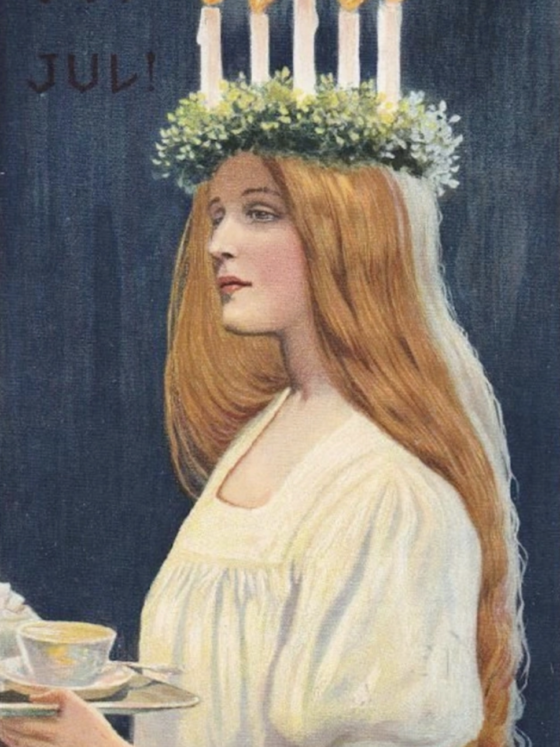Who Was St. Valentine?
How did St. Valentine, a 3rd century Roman priest who was martyred under the reign of Claudius II in 270 AD become associated with paper hearts, candy, love notes and flowers?
Claudius II put a ban on young men getting married – as he thought they would serve better as soldiers than husbands. Valentine was marrying couples in defiance of the emperor’s orders and he was brutally beaten and beheaded on the emperor’s orders. marriage. Or so the legend goes.
St. Valentine’s Association with Hearts
I recall Sister Eileen Patrice (straight from Ireland) telling us fifth graders that St. Valentine was beaten and jailed to await his execution. Valentine was known for being compassionate and saintly. The jailer asked if Valentine would pray over his daughter, Julia who was sick and blind. Valentine chatted and prayed with the girl and healed her of her blindness. Just before his execution he cut out a heart from the debris on the jail floor and gave it to the jailer for his daughter. He said, “Tell Julia this is from her Valentine.”

Why is Valentine’s Day on February 14th?
Some say that in the fifth century, Pope Gelasius I declared St. Valentines feast day as February 14th to overshadow and diminish the pagan feast of Lupercalia – wild, tawdry celebration of love and lust where couples were paired by lottery. While there is little known about St. Valentine as a man, there are writings in Rome that record his life as a priest, and his execution being February 14th.
The Evolution of Valentines Day
From the fifth century on, St. Valentine’s feast day of February 14th was celebrated in the Christian Church just as any other saint’s feast day. Because his life history was associated with love and marriage, hand-written love notes evolved as a practice celebrating his day in the Middle Ages around the time of the Renaissance. By the 18th and 19th centuries, as Victorian romantic traditions emerged, mass-marketed cards replaced the hand written notes and were commonly exchanged on Valentine’s Day (hearts and Cupids became a big deal in this surge). And since then, those cards have expanded to candy, balloons, engagement rings, chocolate and flowers — always flowers.

Where is St. Valentine Buried?
Many Places. Really. Several places claim him.
Like all good Christian martyrs, relics became popular for veneration. So if a church had a certain relic, that meant pilgrims coming to visit, which meant revenue for not only the church but the surrounding areas. Several places in Europe claim to have the remains of St. Valentine. That could be because there was more than one St. Valentine, and it could (and likely does) mean that Valentine’s body parts – especially since he was said to be beheaded – went in different directions.
St. Valentine’s head (now skull) is said to still be in Rome in the Basilica of Santa Maria. It’s on display… behind glass… teeth and all.

Ireland is for Lovers
Where is his body? Well Ireland, of course. The Whitefriar Street Carmelite Church in Dublin are said to have the REAL remains of St. Valentine – allegedly brought from Rome by an Irish priest in 1836. A shrine has been created there in honor of the saint of love, and the White Friar Church in Dublin is a place of pilgrimage for lovers the world over. The shrine has a life-size statue of St. Valentine positioned in a lighted wall niche above an altar that enshrines a gold casket of the saint’s remains. A sign on the altar says “St. Valentine, Pray for Us”

So if you’re in Dublin and want a break from the pubs and pints and parks and Book of Kells … head on over to Whitefriar Street Church a pay tribute to the patron of love. Maybe take the love of your life with you.








Lisa Fox
February 14, 2024Great Article.
Mindie Burgoyne
February 16, 2024Thanks, Lisa. <3